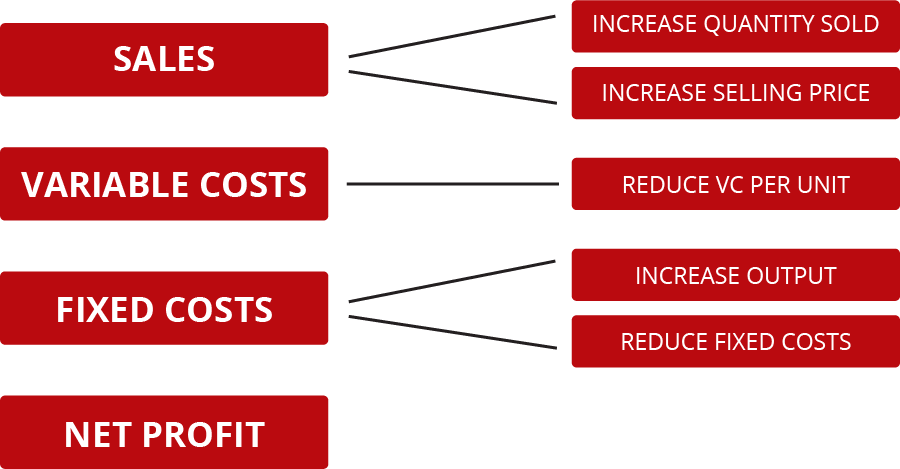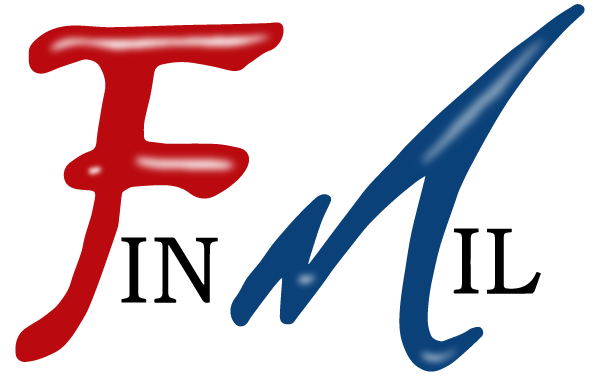Profitability is closely related to profit – but with one key difference. While profit is an absolute amount, profitability is a relative one. Profitability is a measurement of efficiency – and ultimately determines a business’s success or failure.


Profits in a filling station environment are based on relatively low margins; therefore a dealer cannot afford to lose any of the available profits.
Finmil can assist. The experience gained by our managing director – who operated more than thirty-eight filling stations and pooled the knowledge of our existing client portfolios – will ensure that you make maximum profits in your filling station.
Finmil can do a once-off profitability audit on your filling station. The result will be a report on proposed operational changes as well as a profit-and-loss budget for a period of twelve months, indicating what net profit to expect after implementing the proposed changes.
2 examples of profitability areas that Finmil will analyse
1.
Forecourt – traffic flow; current forecourt shift-sheet in relation to your hourly performance reports to ensure full potential volumes during peak periods; housekeeping rosters; and service levels, etc.
2.
Convenience – merchandising and pricing for profits to maximize gross profits; internal control procedures on stock received; return for credit policy on damaged stock; stock counting policy; service levels; and competitive sales skills for cashiers, etc.

